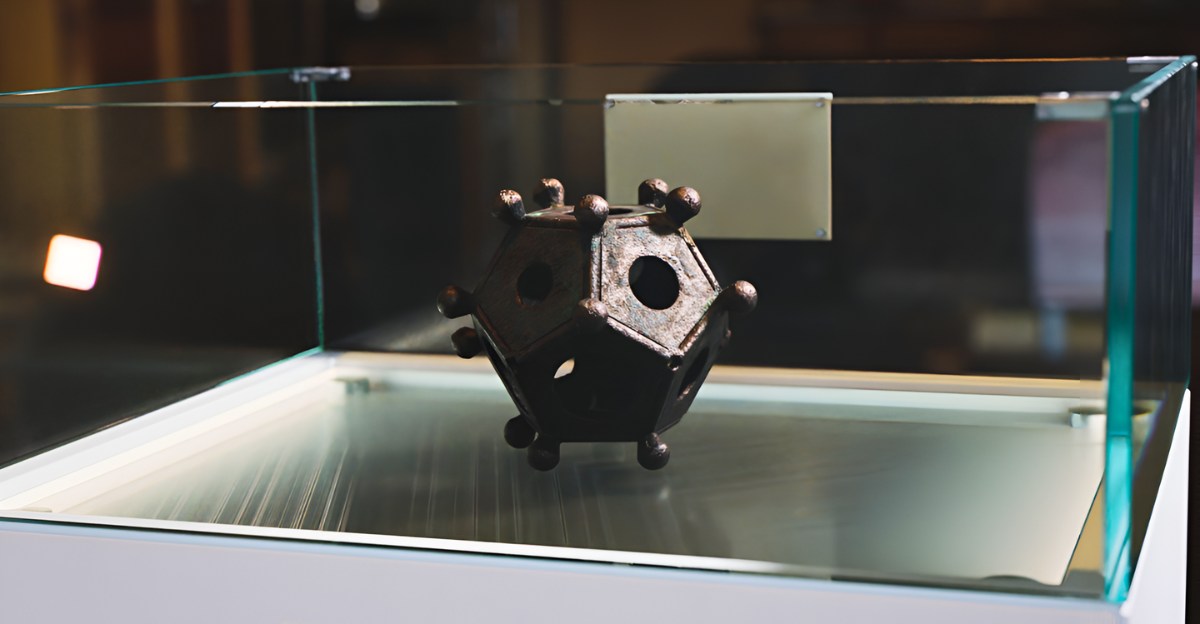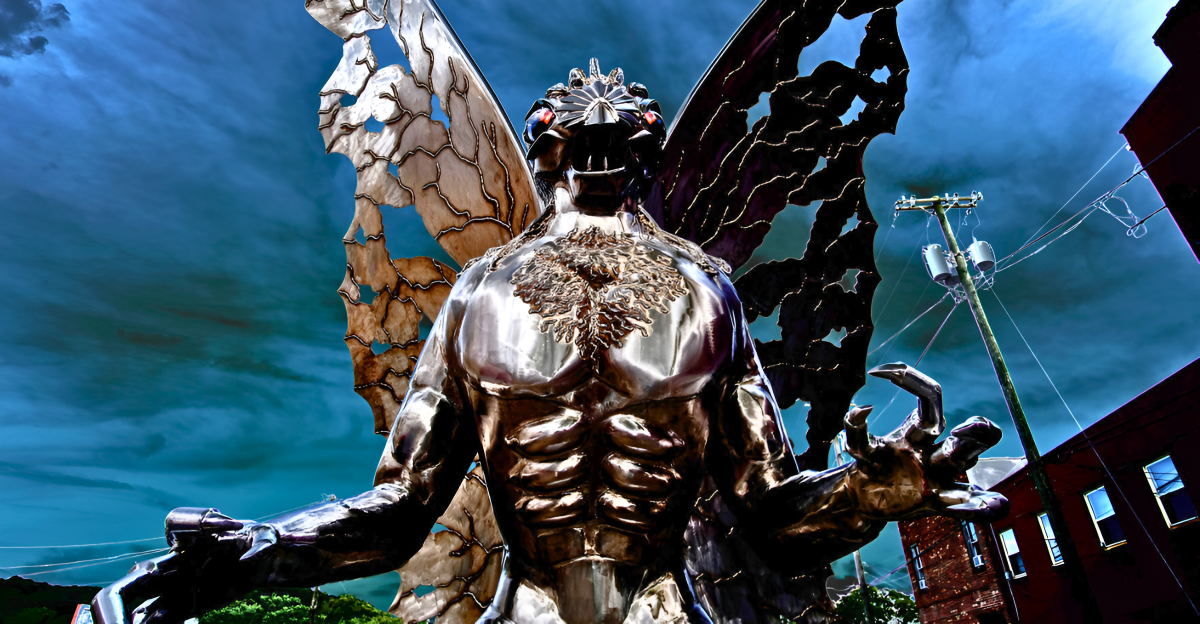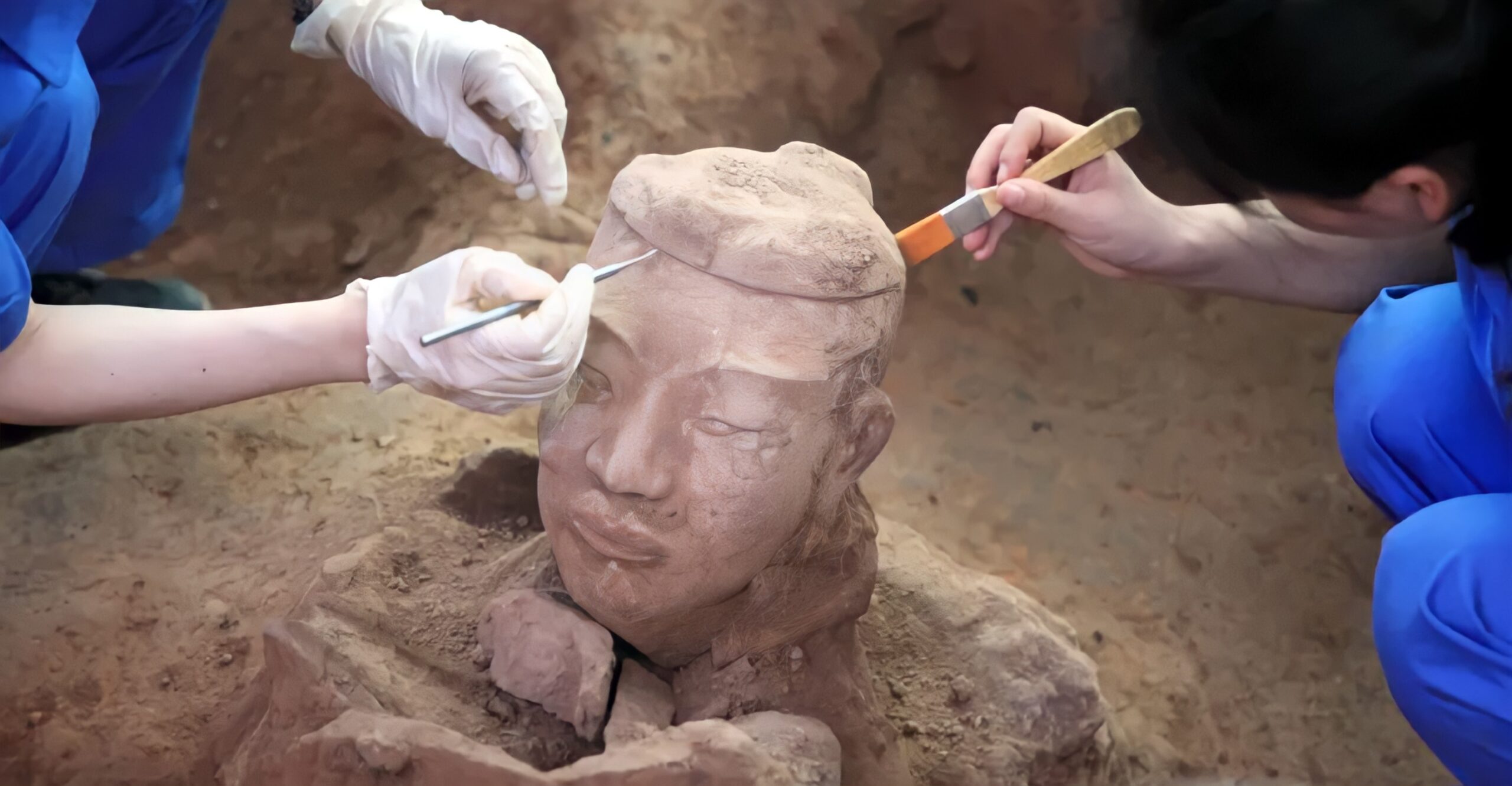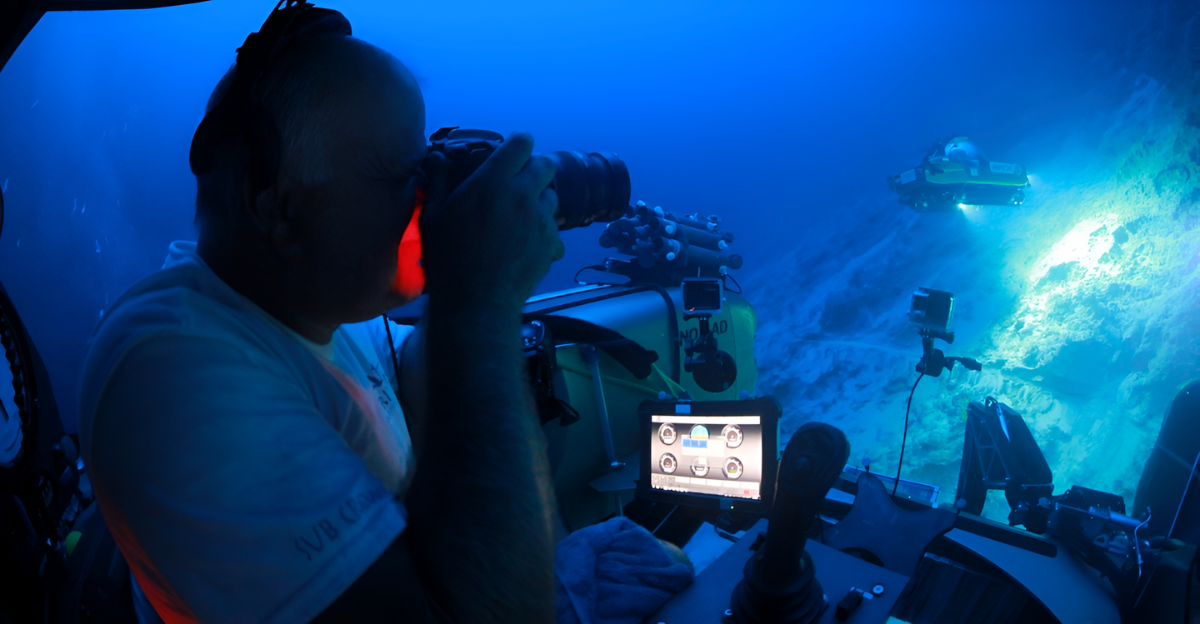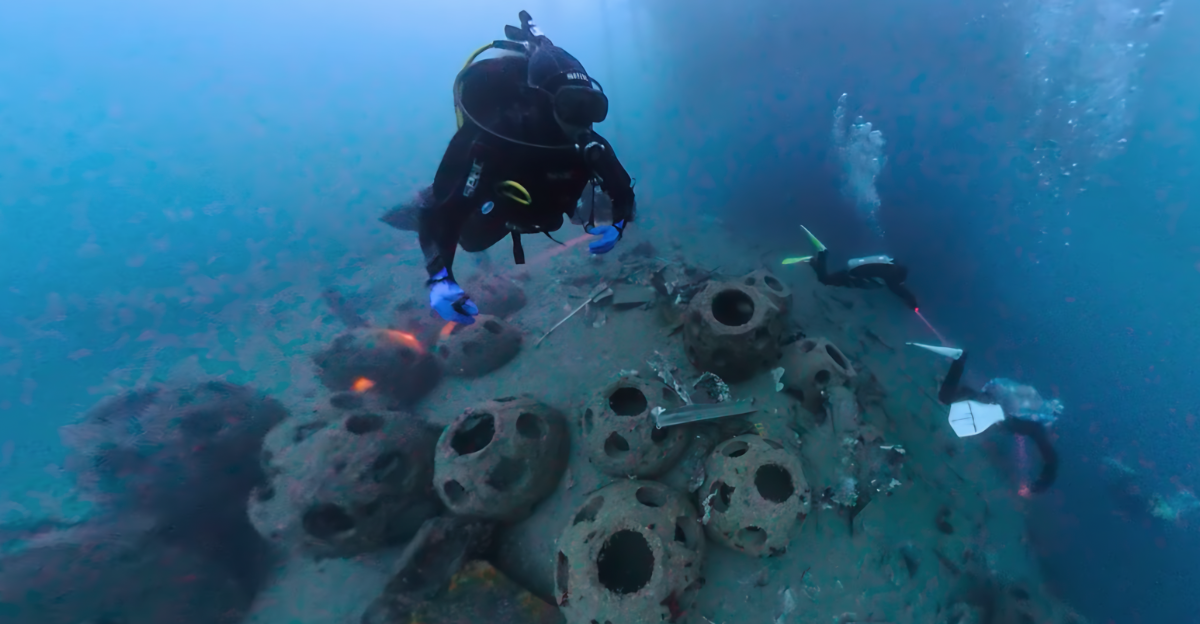
Not too long ago, scientists were exploring a lake during a scientific exploration and came upon an underwater object that had caught the attention of historians, religious experts, and many people.
This item has been hidden beneath the water’s surface for approximately 1,000 years, and hopefully, it will shed some light on old traditions and help us learn more about them.
As researchers study it, they ask important questions: Who made it? Why was it made? When did it come from? And how is it connected to the beliefs of early people? Let’s take a closer look at this fascinating discovery.
An Underwater Exploration

In the summer of 2024, a specialized team of underwater archaeologists from Nicolaus Copernicus University in Poland, working with the Museum of the First Piasts, made an amazing discovery while exploring Lake Lednica. The experts were led by Dr. Andrzej Pydyn, and they combined state-of-the-art diving gear and historical analysis to dig up the site safely.
It is interesting to know that wood will usually break down quickly, but it can stay well-preserved in rare places without much oxygen, such as the bottom of this lake. The team combined their expertise to do so. Afterwards, Mateusz Popek said, “When we cleaned it thoroughly, it turned out that a face was looking at us. We never expected to discover something like this, even in our wildest dreams.”
The Revealing of a Carved Wooden Face

The most significant find is a wooden beam that is 12cm tall and 9cm wide. It is estimated to be around 1,000 years old and has a detailed carving of a human face. You can see the eyes, a nose, a mouth, and a rounded head. This face was carved into a special part of a building called a “hook” beam, which is essential for the structure.
The carvings show skills that suggest a skilled woodworker made with careful details that make a face look lifelike, maybe even a little spooky. The museum of the First Piasts said, “The [wood] face is a priceless monument and a rare example of an item combining utility and symbolic functions.” Astonishingly, the wood and carving stayed so well-preserved after all these years hiding underwater.
Let’s Back-Track to When it Was Carved.

After thorough studies and analysing the tree rings in the wooden beam (this study is called dendrochronological analysis), experts have found that it was made around 967 AD. This was during the early Middle Ages, a time of significant changes in Central Europe.
This dates back to the rule of Poland’s first known leader, Mieszko I, who was famous for choosing Christianity for his country, an event called the Baptism of Poland. This carving was believed to have been created when Christianity started to replace old pagan beliefs.
The Hotspot of Archaeologists’ Discoveries

Lake Lednica is between Poznań and Gniezno in west-central Poland and has long been known as a rich site for archaeological discoveries. One crucial spot is Ostów Lednicki, an island in the lake with ruins of an old fortress linked to Poland’s early history.
The carved face was found in the lake’s waters, which suggests it was once part of the defensive walls protecting this medieval stronghold. Konrad Lewek said, “This is the first example of its kind dating to the early Middle Ages discovered in this part of Europe.” When these walls collapsed into the lake, the special underwater ecosystem helped preserve wooden objects from decay over many years, almost like a natural time capsule.
Was it More Than Decoration?

Experts have argued that this carving was not just made for decorative purposes. It was carved on a part of a building wall that faced the water, which shows that it had two purposes: to help support the structure and to serve as a spiritual symbol.
Central to old pagan beliefs, many experts believe these faces represented gods, heroes, or protective spirits.“This discovery… opens a fascinating discussion about the spiritual life of early medieval Slavs,” said Dr. Andrzej Pydyn.
Horse bones and jaws were found close to the site, which might have been part of special rituals or offerings meant to protect the people. This supports the theory that face carving helped guard the people and keep evil away from the water.
Pagan Traditions Across Slavic Lands

The Museum of the First Piasts mentioned: “The discovery from Lake Lednica not only impresses but also opens new questions about the life, culture, and spirituality of the inhabitants of these lands over a thousand years ago.”
Even though the wooden face from Lake Lednica is special because of its detail and how well it has been kept, similar carved faces have been found at other old Slavic places like Wolin, Novgorod the Great, and Staraya Ladoga.
These similar carvings show that many areas in medieval Europe shared common spiritual beliefs. These discoveries suggest that old folk religions stayed alive in local communities even when Christianity became the main religion. Because these carvings are rare, the Lake Lednica face is significant.
Digging Into the Social Change

When the carving was made, Poland was experiencing significant changes in its government and religion. While Mieszko I was leading the country toward Christianity, many old customs and beliefs from pagan times were still part of everyday life.
Finding these artifacts helps us understand these complicated changes, showing us how their pagan beliefs and new Christian ideas coexisted. “This exceeded our expectations, ” Dr. Andrzej Pydyn said, because studying this object now helps us learn how people adjusted during this significant period of cultural change.
An Artistic Legacy is Set

Not only does it have spiritual meaning, but the carved face shows the skill of medieval Slavic woodworkers. The detailed facial features were made intentionally, not just for random decoration, which shows their advanced artistic style. The face was carved on oak wood and placed in an essential part of a building, combining art and practical building design.
This discovery evokes admiration for the craftsmanship from over a thousand years ago and opens a fascinating discussion about the spiritual life of early medieval Slavs,” said Dr. Andrzej Pydyn. This careful mix of art and engineering was typical of early medieval northern and eastern European buildings.
Will the Research Continue?

Luckily, finding the ancient carved face at Lake Lednica is not the final discovery but an essential step in an ongoing search. Experts are now working to protect and preserve the artifact so it can be shown to the public and studied more closely.
As new tools and methods for underwater archaeology and dating develop, they give scientists more hope to learn more about the people who lived near Lake Lednica a thousand years ago—their society, beliefs, and technology. Continuing to bridge the past and present through shared human curiosity

